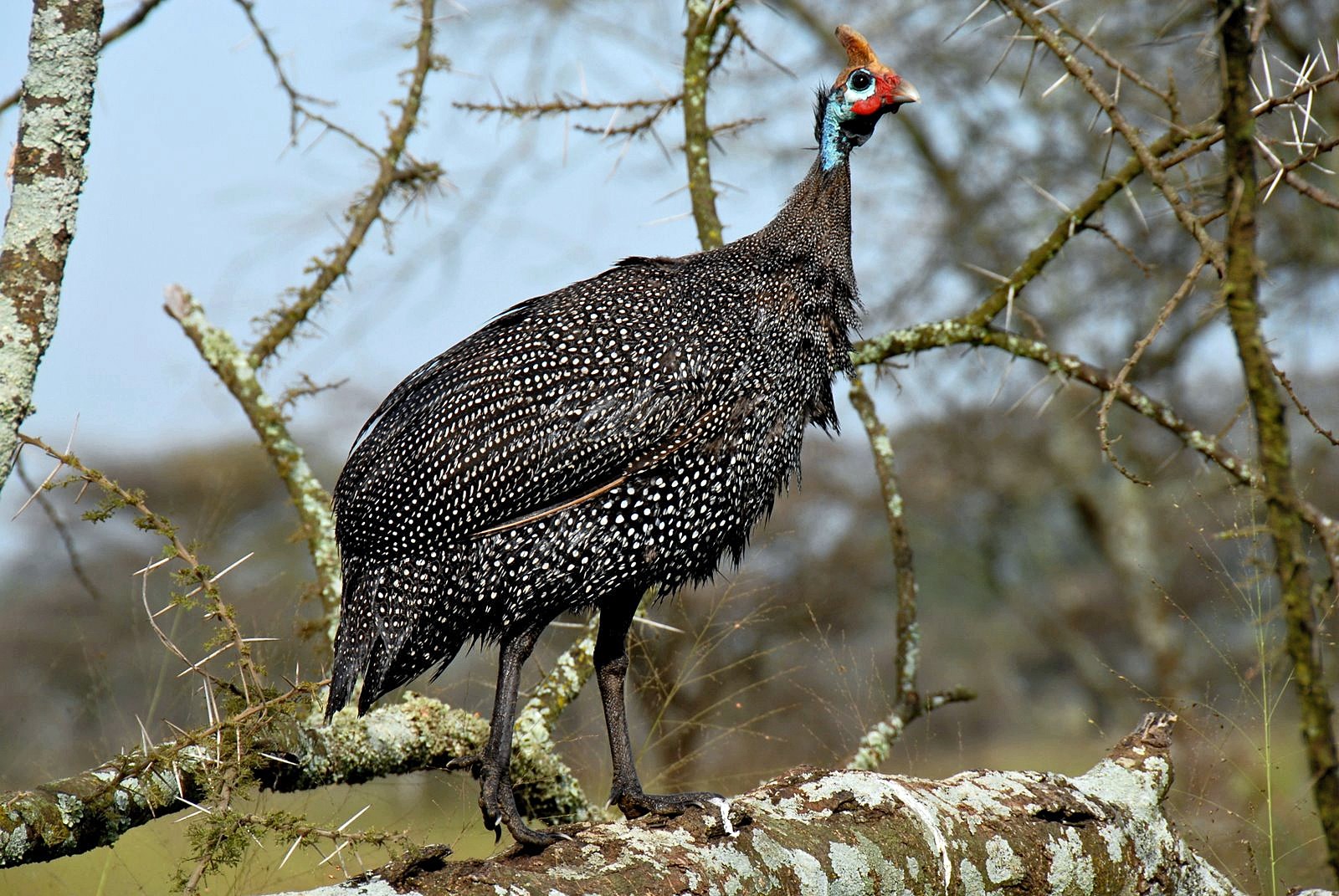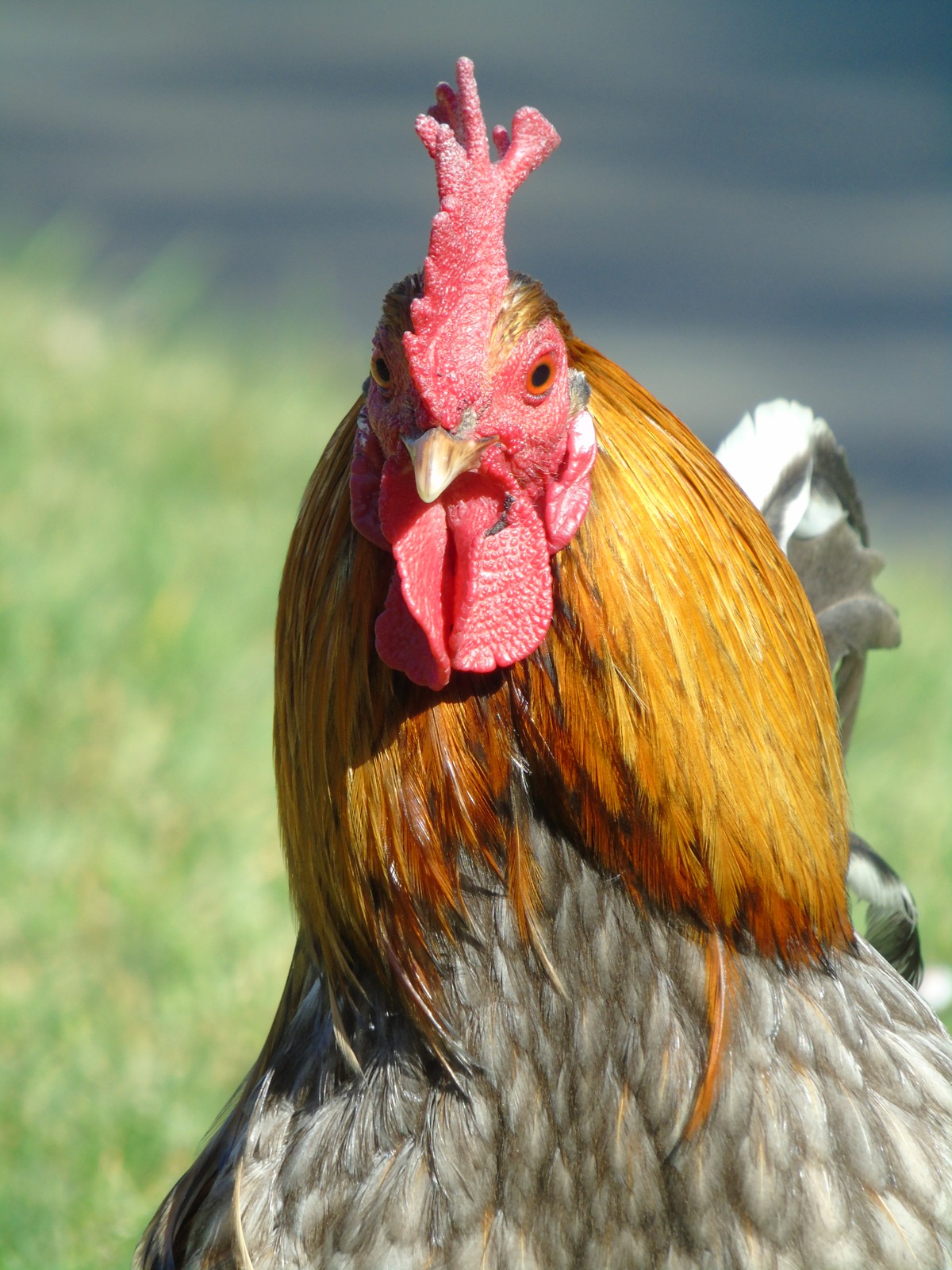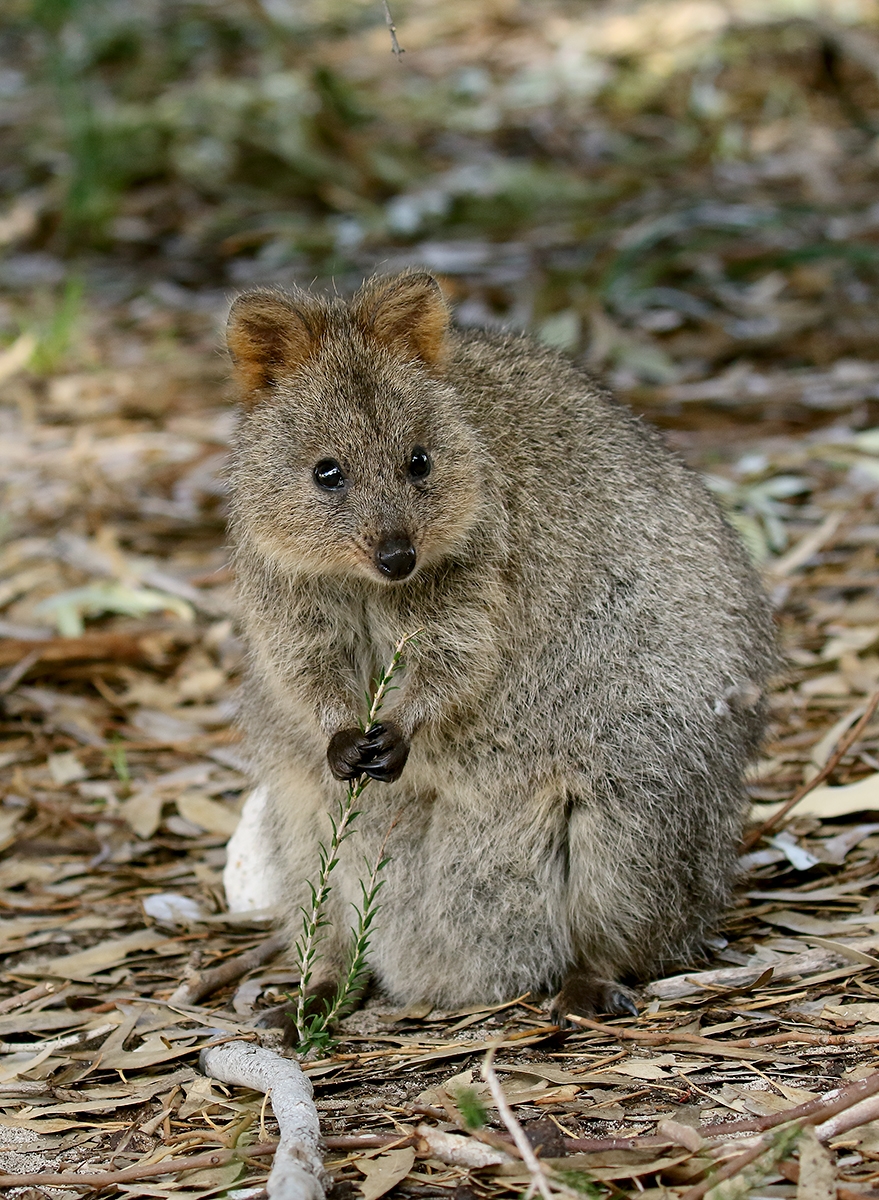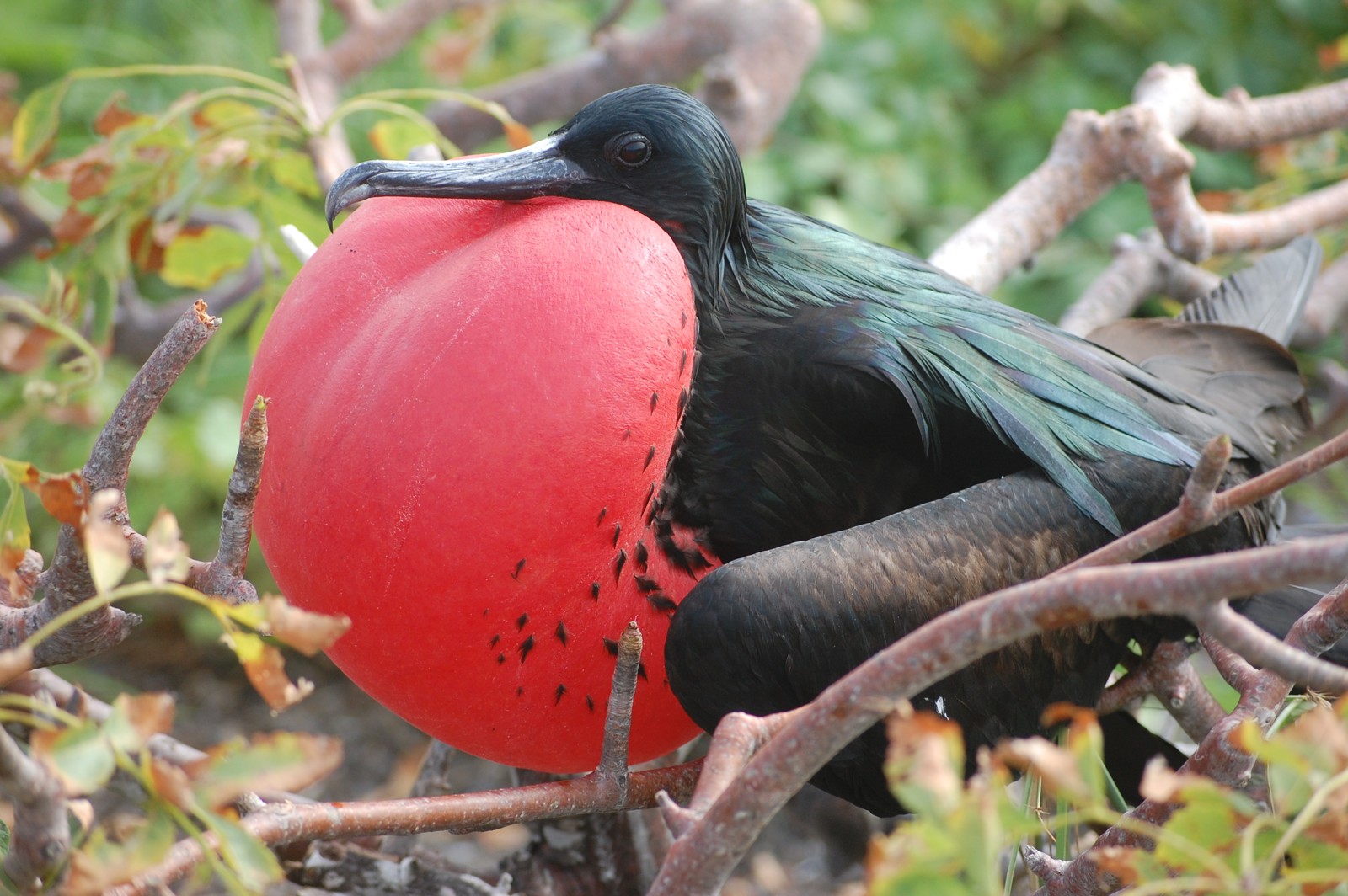Chicken vs Pheasant: A Complete Comparison
When comparing chicken vs pheasant, these two birds share common ancestry but have evolved along distinctly different paths. While chickens have adapted to domestic life over 8,000 years of cultivation, pheasants remain wild game birds with remarkable survival instincts. The average chicken weighs 5.7-8.6 pounds (2.6-3.9 kg), while ring-necked pheasants typically weigh 2.6-3 pounds (1.2-1.4 kg).
These fascinating birds differ significantly in their behavior, habitat preferences, and physical characteristics. Chickens thrive in structured environments with regular feeding schedules, while pheasants demonstrate remarkable adaptability across diverse wild landscapes, from agricultural fields to woodland edges.
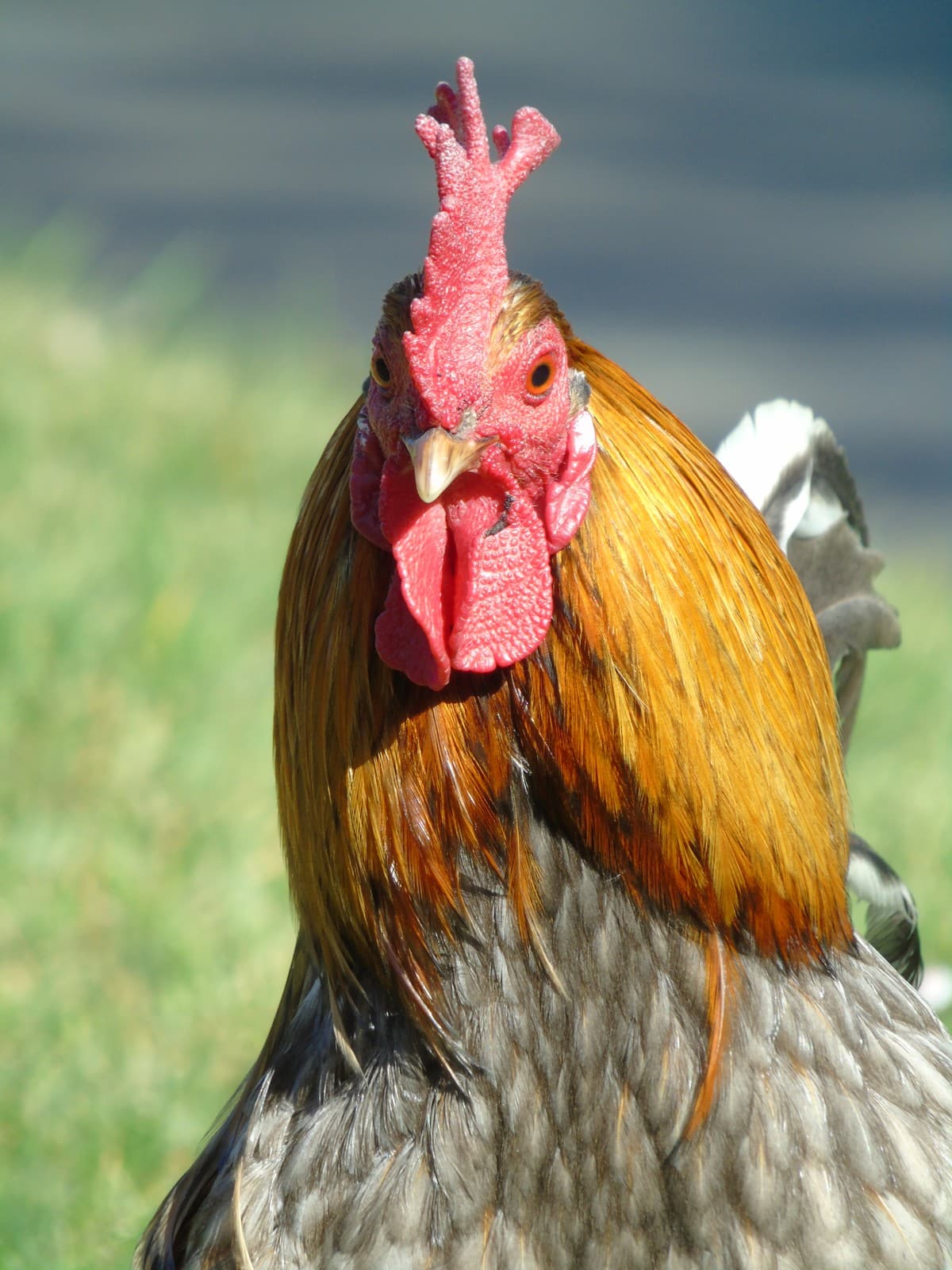
© Fernando Losada Rodríguez / CC BY-SA 4.0
The domestic chicken displays the classic characteristics of selective breeding, with its prominent comb, robust build, and varied plumage patterns developed through centuries of human selection.
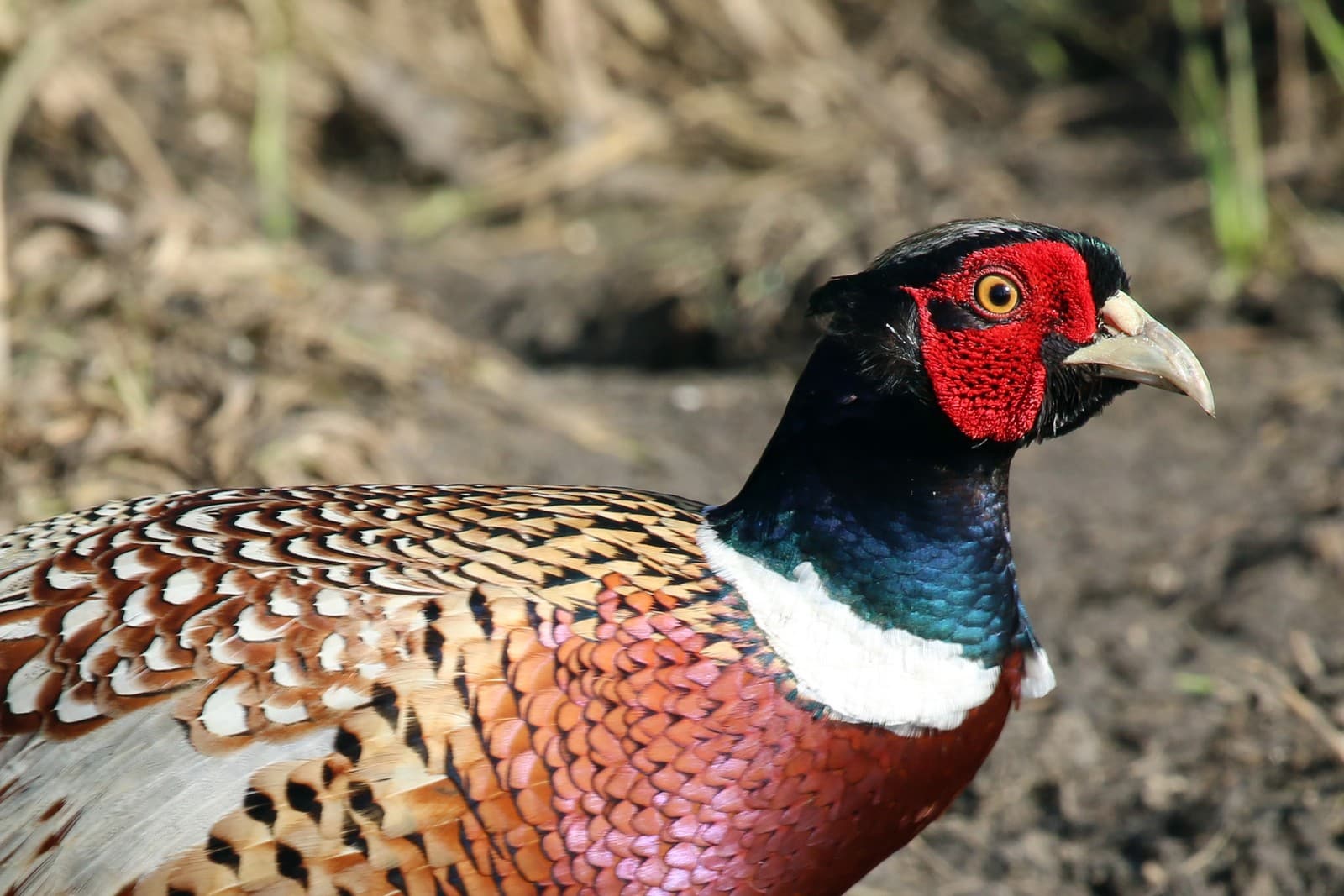
© Charles J. Sharp / CC BY-SA 4.0
The ring-necked pheasant exhibits the stunning iridescent plumage and streamlined form characteristic of wild game birds, perfectly adapted for both camouflage and courtship displays.
Key Differences Between Chicken and Pheasant
| Feature | Chicken | Pheasant |
|---|---|---|
| Average Weight | 5.7-8.6 lbs (2.6-3.9 kg) | 2.6-3 lbs (1.2-1.4 kg) |
| Flight Ability | Limited, mainly for escape | Strong sustained flight |
| Habitat | Domestic settings | Woodland edges, fields |
| Diet | Omnivorous, grain-based | Seeds, insects, berries |
| Lifespan | 5-10 years | 2-3 years wild |
| Egg Production | 250-300 annually | 8-12 annually |
Habitat and Behavior Differences
Chickens have evolved to thrive in structured environments, typically remaining within a defined territory and returning to the same roosting spot each night. They exhibit strong social hierarchies and communicate through a variety of vocalizations, including the distinctive “cock-a-doodle-doo” of roosters.
Pheasants, conversely, demonstrate remarkable adaptability in wild settings. These birds prefer areas with diverse vegetation cover, utilizing agricultural fields for feeding while maintaining proximity to dense brush for protection. They’re capable of sustained flight up to 45 mph (72 km/h) and employ sophisticated escape strategies when threatened.
Physical Characteristics and Adaptations
Size and Build
Chickens typically display a stockier build with shorter wings relative to body size. Modern breeds have been selected for meat production or egg-laying efficiency, resulting in distinctively different body types depending on their primary purpose.
Pheasants maintain a more streamlined form with:
- Longer tail feathers
- More powerful flight muscles
- Sleeker overall profile
- Enhanced wing-to-body ratio
Plumage and Coloration
While both species exhibit sexual dimorphism, pheasants show more dramatic differences between males and females. Male pheasants possess:
- Iridescent copper-colored plumage
- Distinctive white neck ring
- Long, barred tail feathers
- Bright red facial wattles
Survival Skills and Intelligence
Pheasants demonstrate superior survival instincts compared to domestic chickens, including:
- Advanced predator evasion techniques
- Complex territorial behavior
- Sophisticated mating rituals
- Superior camouflage abilities
Chickens excel in:
- Social intelligence
- Problem-solving within domestic settings
- Recognition of human caregivers
- Adaptation to routine
Diet and Feeding Habits
Both species are omnivorous, but their feeding patterns differ significantly:
Chickens:
- Readily accept commercial feed
- Scratch and peck in predictable patterns
- Benefit from supplemental feeding
- Show less seasonal variation in diet
Pheasants:
- Forage extensively for natural foods
- Adapt diet to seasonal availability
- Consume more insects during breeding
- Display more selective feeding behavior
Who Would Win in a Confrontation?
While both chickens and pheasants possess fighting capabilities, a wild pheasant typically holds several advantages in a potential confrontation:
- Superior speed and agility
- More powerful flight response
- Better defensive instincts
- Natural fighting experience
However, modern game fowl breeds of chicken often surpass pheasants in:
- Overall strength
- Aggressive tendency
- Body mass
- Fighting endurance
This theoretical matchup would likely favor the pheasant in a wild setting due to its superior escape abilities and natural defensive adaptations.
Through this detailed comparison of chicken vs pheasant, we can appreciate how domestication and natural selection have shaped these remarkable birds into distinctly different species, each adapted perfectly to their respective environments and life strategies.
